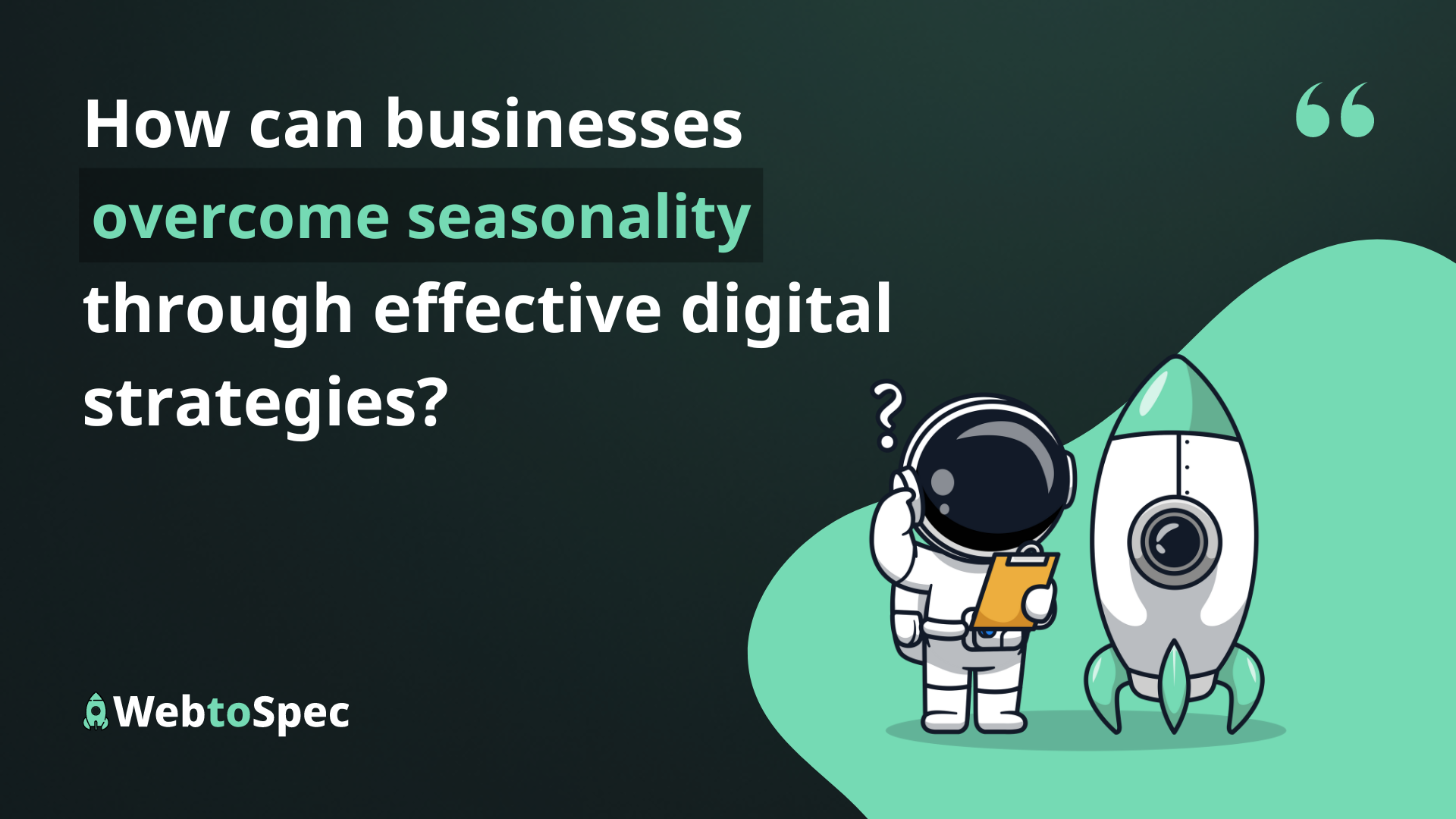
What are the ways to successfully address these challenges?
Table of Contents
The brand Whilli, known for its network of auto repair shops and sales of car tires and accessories, faced several major challenges during the spring and summer of 2024. In May and June, seasonality and decreased interest in their products led to a drop in sales, despite increased spending on
Facebook advertising.
What were the client’s issues?
- Decline in interest. In May, Whilli experienced a 53.2% drop in online orders, with seasonal factors significantly affecting consumer behavior.
- High costs with low returns. Despite significant marketing investments in June, the number of orders decreased by 9.1%, highlighting the need for more effective campaigns and strategies.
- Technical difficulties. The transition to a new booking platform in June led to initial challenges in managing customer reservations.
What did we do?
To overcome these challenges, we developed a comprehensive strategy for optimization and adaptation to seasonal fluctuations.
- After a thorough analysis of consumer behavior, we adjusted the campaigns to better meet the current needs of the customers.
- We focused on high-demand products that are more suitable for the summer season.
- We implemented stricter cost controls, which allowed us to optimize CPC and CTR.
During seasonal challenges, it’s crucial for brands to adapt their strategies to maintain stable results and achieve growth. With proper campaign optimization focused on better engagement and efficiency, we can increase orders and improve key metrics, even when overall activity is lower.
What were the results?
Soon, our efforts began to show success:
- Increase in orders. In July, the number of orders rose by 25%, despite the reduced budget and seasonal challenges.
- Improved efficiency. CTR increased by 36.3%, while CPC decreased by 7.1%, indicating better audience engagement and more efficient use of the budget.
- Stability despite seasonality. Whilli managed to maintain stable results thanks to the adapted strategy and optimization we implemented.
Below you will find information from one of the campaigns we compared between May and July. It is clear that despite the traditionally slower season for the business, we recorded a 55.17% increase in sales.
Conclusion
The challenges we encountered while working with Whilli demonstrate how thorough analysis and strategic adjustments can help manage market seasonality. The results achieved show that with the right tools and approaches, businesses can maintain and even enhance their efficiency, regardless of external factors.
RESULTS
What we achieved?
 Kristina Doynova
Kristina Doynova



